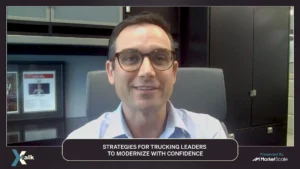Opportunities and Potential Bias in New Transportation Data
There is a mountain of transportation data available from Uber, Lyft and other participants in the new technology of ride-sharing that can potentially offer valuable insight into the evolution of transport in the 21st century, but problems with the data also exist.
Uber and its competitors, for example, may release data that direct people toward auto travel rather than alternatives such as public and pedestrian transit. Another question is the reliability of the data released. What data are they withholding that could tip the balance in some instances toward other transportation choices?
Going beyond the data issue, a reliance on vehicle traffic carries societal penalties of congestion, pollution, land management issues and resource use. Regarding pollution, engines produce unburned hydrocarbons, nitrogen oxides, carbon monoxide, sulfur oxides and carbon dioxide. Below 20 miles per hour emission pollutants are higher. Moreover, hydrocarbons react with sunlight to produce acid rain, and forest and crop damage.
In summary, while it’s true that some of the data released by new era transport companies is useful, the issue of bias is an obstacle that must be acknowledged. Solutions to congestion and pollution must focus on other forms of transportation including bicycle and pedestrian traffic.
Finally, a telling study from the University of California, Davis found that if Uber and other ride-sharing services were not available, people would utilize public transit, walking or biking. That’s an insight that should interest anyone with an unbiased view of the future of transportation.
Read more at Center For American Progress









